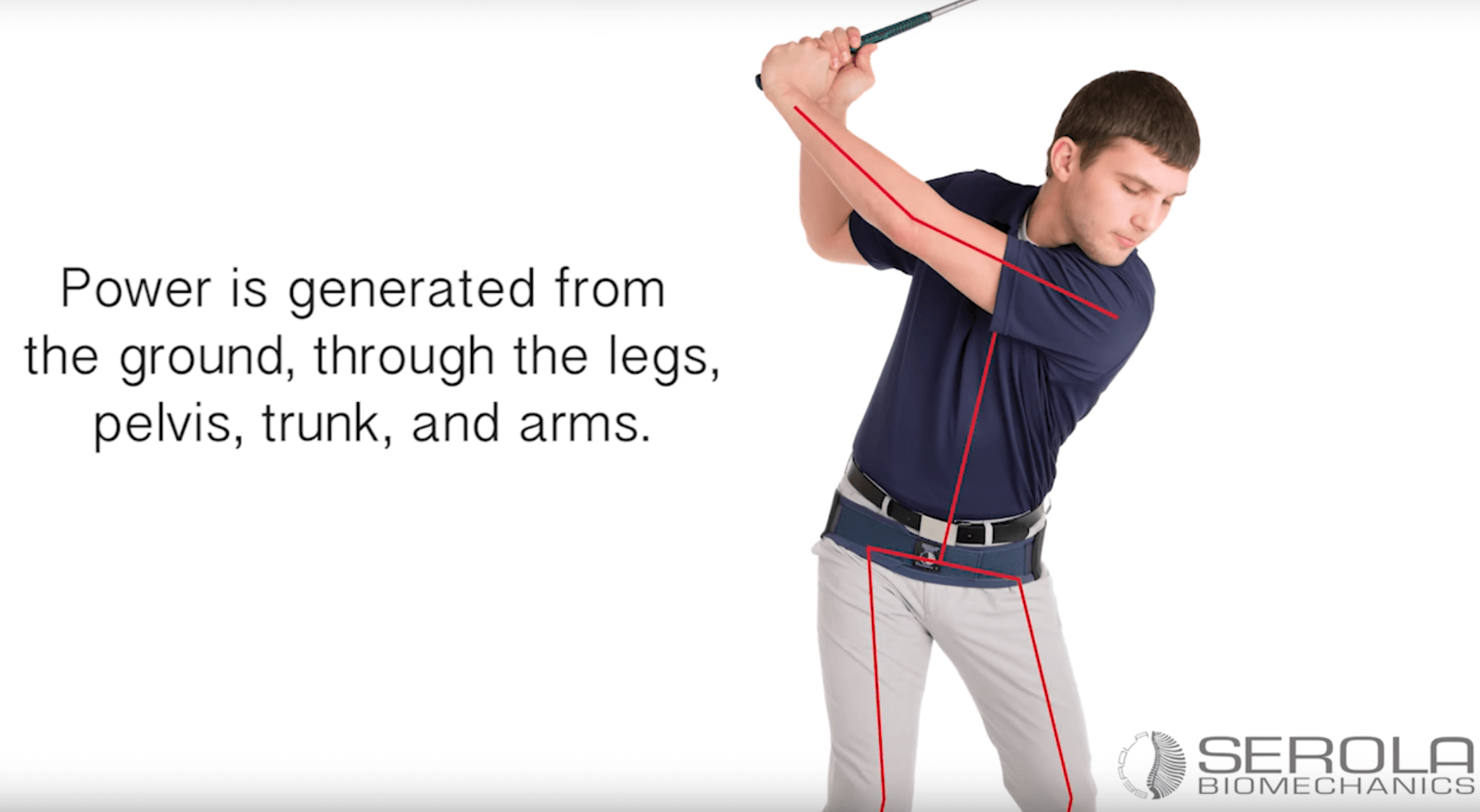The Effects of a Sacroiliac Joint Injury on Core Power Transfer

In sports and other physical activities, power comes from a stable foundation. Force transfers from the ground, up the legs to the pelvis, through the sacroiliac joint to the sacrum, and then upward through the spine to the arms. Each joint functions as a link in this kinetic chain. Smooth and efficient power transfer depends on the integrity of each link. When one link is compromised, final output power is reduced. In addition to reduced muscular strength and endurance, timing and coordination are impaired.
Power transfer is dependent on smooth synchronization between muscle groups. As one muscle turns off, the next muscle turns on. This timing is dependent on reflexes initiated in the ligaments of the involved joints as they respond to pressure changes during movement.
However, when these ligaments are sprained, nerves within them stimulate, or inhibit, certain muscles to keep pressure off the injured ligament. This reaction is known as the ligamento-muscular reflex. The functions of the muscles are modified to primarily guard the injured ligament.
The nervous system must adopt a compensatory program that protects the joint during movement by altering muscle activation patterns and firing sequences. As a result, smooth power transmission will be disrupted, resulting in reduced power, endurance, and coordination.
Because the sacroiliac joint is the center of the body’s shock absorber system, it is the key joint involved in power transference. When we consider that the sacroiliac joint is supported by vast network of ligaments and muscles, it is reasonable to assume that a sprain of the sacroiliac ligaments will cause considerable muscular reaction, even at low levels of stress.
Interested in more detail? Read Dr. Serola’s full research summaries on Core Stabilization and Shock Absorption.

